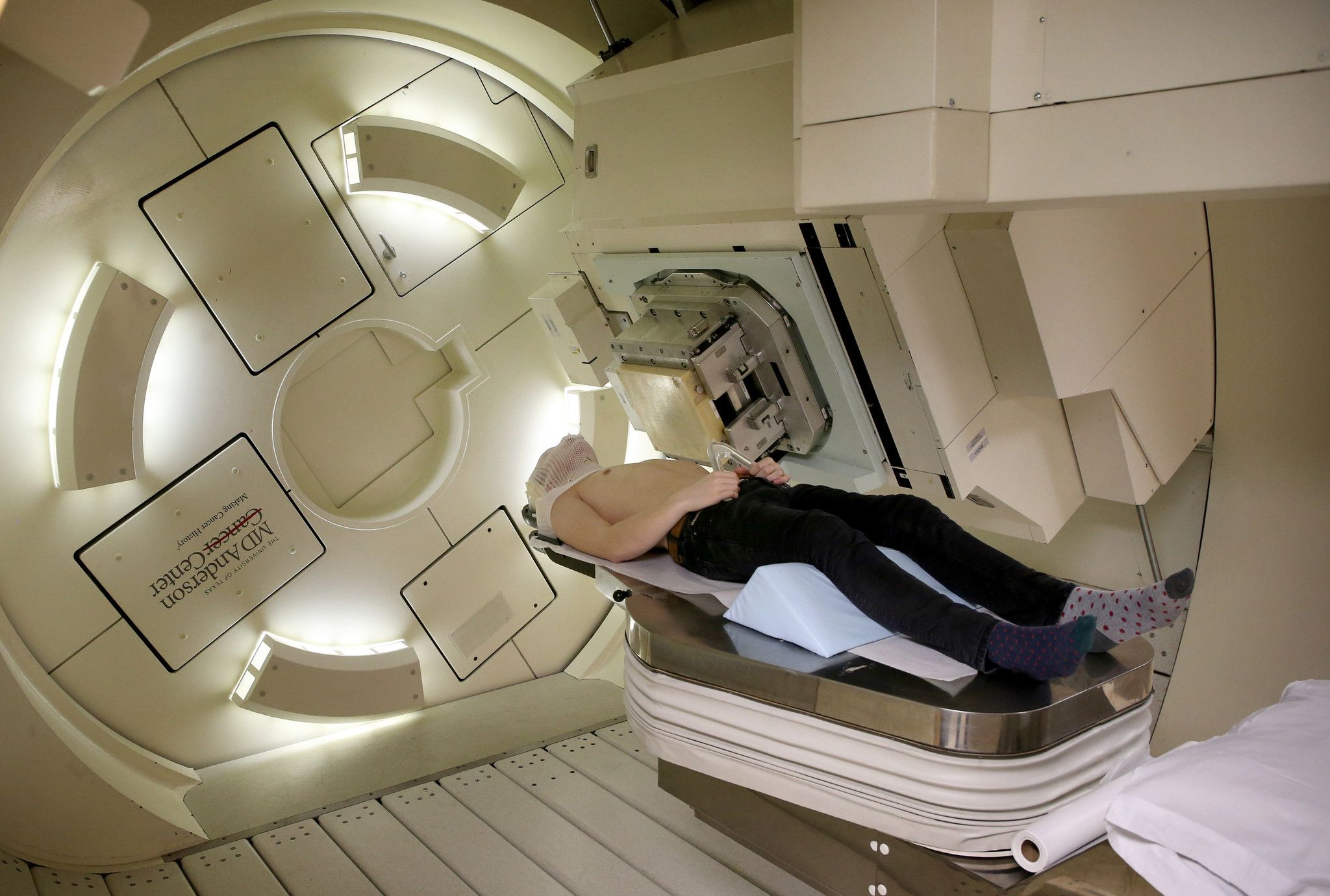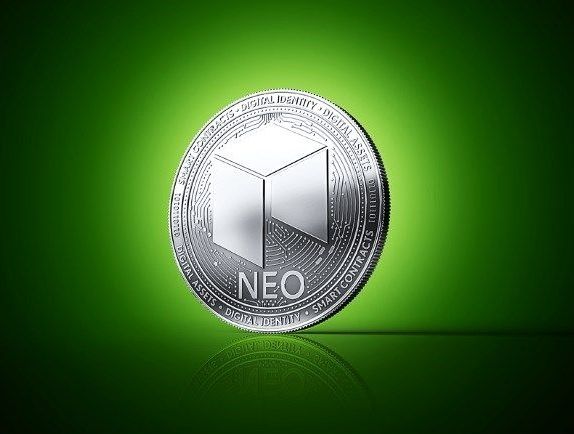This major religious site suggests I’m part of a group of mad scientists, but Quantum Archaeology is a very interesting idea that more people should ponder. The article also highlights the challenge of #transhumanism vs. religion and conservative attitutes: http://www.lifenews.com/2018/03/12/mad-scientists-want-to-3-…k-to-life/ #transhumanism
But the self-described secular transhumanist is perfectly serious in his posturing about the future of technology, life and death. Within 50 years, he believes scientists may be able to bring back people from the dead.
“After all, everything is matter and energy. And human life, human thoughts and human existence are mathematical, determinable calculations of that subatomic world of matter and energy,” Istvan writes.
“As a secular transhumanist—someone who advocates for improving humanity by merging people with machines—I don’t believe in death anymore,” he continues. “Most transhumanists’ number one goal is to become immortal through science.”
Though he does not lump himself into this camp, he says some transhumanists want to bring back every life who ever lived.









